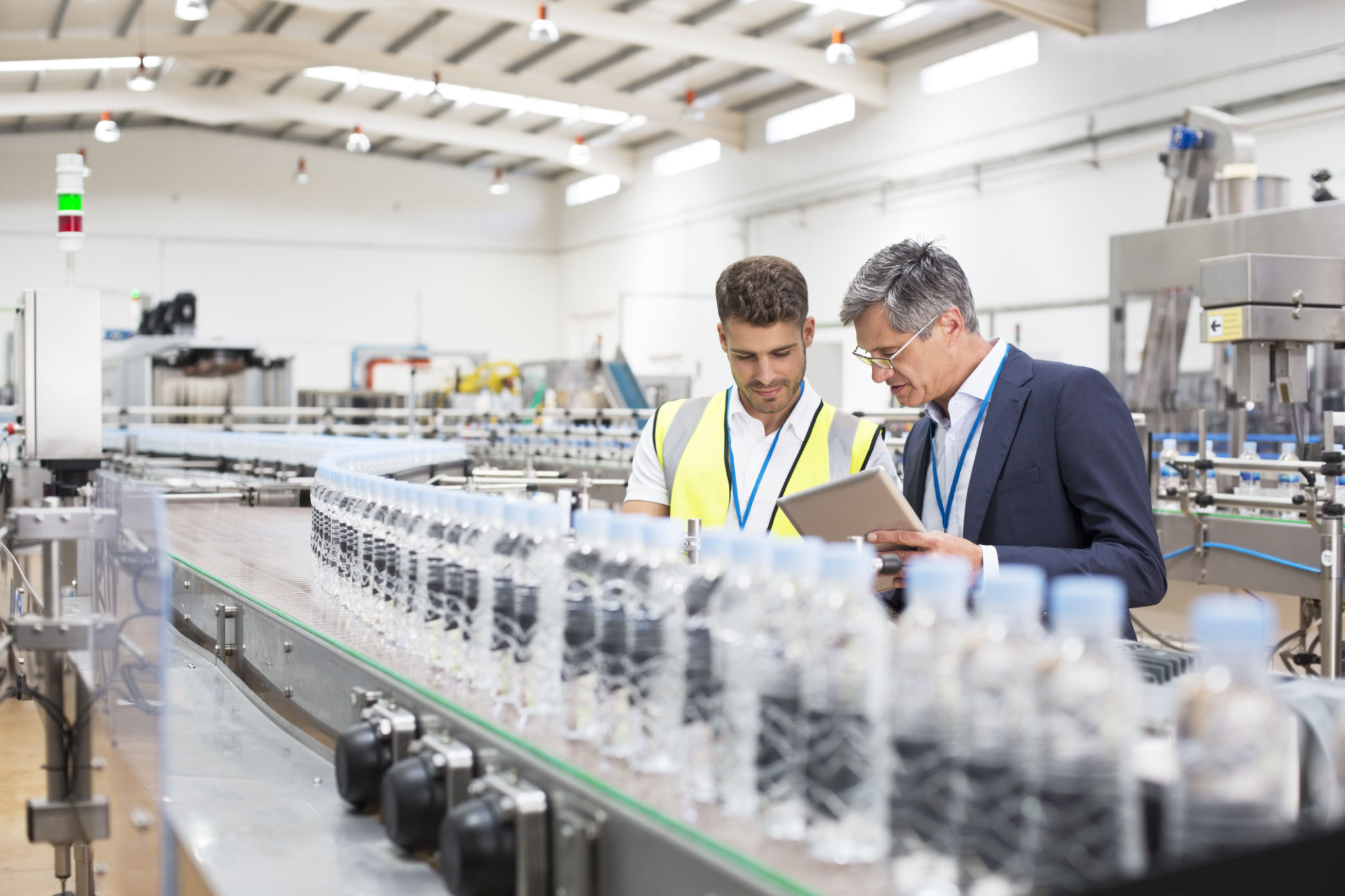The Benefits of UV Detection Cameras for Industrial Safety in North America
Understanding UV Detection Cameras
In the realm of industrial safety, UV detection cameras have emerged as a crucial tool for ensuring workplace security. These advanced cameras harness ultraviolet light to detect and visualize emissions that are invisible to the naked eye, such as electrical discharges and gas leaks. By highlighting these potential hazards, UV detection cameras help prevent accidents and ensure compliance with safety regulations.
The integration of UV detection cameras into industrial safety protocols is gaining traction across various sectors in North America. From manufacturing plants to power generation facilities, industries are recognizing the significant advantages of adopting this technology.

Enhanced Safety and Prevention
One of the primary benefits of UV detection cameras is their ability to enhance safety by providing early warnings of potential dangers. These cameras can detect partial discharge phenomena in electrical systems, which can indicate insulation failures or equipment malfunctions. By addressing these issues promptly, industries can prevent catastrophic failures and reduce the risk of fires or explosions.
Furthermore, UV detection cameras play a pivotal role in detecting gas leaks. Many industrial gases, such as sulfur hexafluoride used in electrical equipment, are invisible and odorless. UV cameras can identify and visualize these leaks, allowing for immediate corrective actions to be taken.
Cost-Effective Maintenance
Implementing UV detection cameras in routine maintenance procedures can lead to significant cost savings. By identifying potential issues before they escalate, businesses can minimize downtime and avoid expensive emergency repairs. This proactive approach not only ensures the longevity of equipment but also maximizes operational efficiency.

Additionally, UV detection cameras assist in optimizing maintenance schedules. Predictive maintenance strategies can be refined based on data collected through these cameras, allowing for more targeted and efficient resource allocation.
Improved Regulatory Compliance
Compliance with safety regulations is a critical concern for industries across North America. UV detection cameras aid in meeting these stringent standards by providing concrete evidence of safety inspections and preventive measures. This documentation can be invaluable during audits or inspections, demonstrating a commitment to maintaining a safe work environment.
Moreover, using UV detection technology can enhance a company's reputation by showcasing its dedication to cutting-edge safety measures. This not only helps in meeting legal obligations but also strengthens stakeholder trust and confidence.

Applications Across Various Industries
The versatility of UV detection cameras extends their application across numerous industries. In power generation, these cameras are essential for monitoring high-voltage equipment and mitigating risks associated with electrical discharges. In the oil and gas sector, they are instrumental in detecting leaks of hazardous gases that could pose environmental and health risks.
Other sectors benefiting from UV detection technology include chemical manufacturing, pharmaceuticals, and transportation. Each of these industries faces unique challenges related to safety, and UV cameras provide a reliable solution to address these concerns effectively.
The Future of Industrial Safety
As technology continues to evolve, the role of UV detection cameras in industrial safety is poised to grow even further. With advancements in camera sensitivity and image processing capabilities, future iterations of this technology will offer even greater precision and reliability.
Ultimately, the adoption of UV detection cameras represents a proactive step towards creating safer industrial environments in North America. By leveraging this powerful tool, businesses can mitigate risks, reduce costs, and ensure compliance with evolving safety standards.